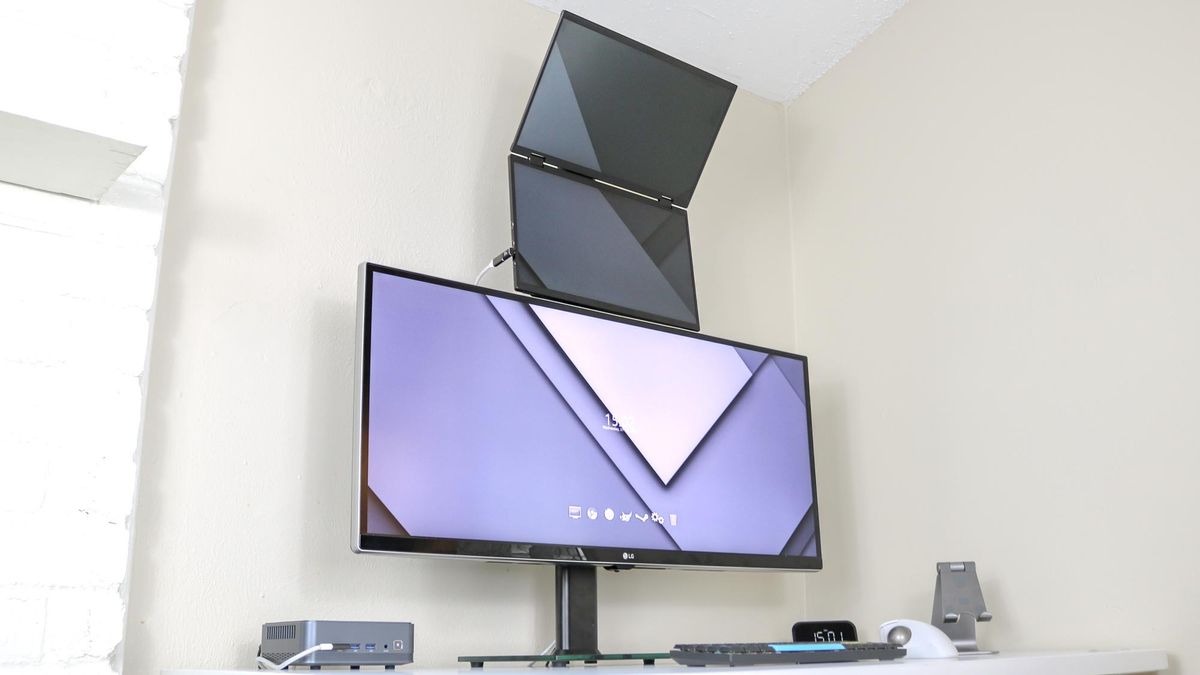Experimenting with Stacked Monitor Setups: A Week-long Experience

Summary:
A tech enthusiast from Tom's Guide spent a week trying three different stacked monitor setups to determine the most efficient and comfortable configuration. The article details the pros and cons of each setup, ultimately revealing the author's favorite.Key Insights:
-
Initial Setup: Dual Monitors Stacked Vertically: The author initially tried two monitors stacked vertically. This setup was found to be useful for coding and document editing but caused neck strain over prolonged periods.
-
Second Setup: Triple Monitors with a Centered Primary Screen: The second configuration involved three monitors, with the primary screen centered and two additional monitors stacked on either side. While this offered expansive screen real estate, it proved overwhelming and cluttered.
-
Final Setup: Dual Monitors with a Horizontal Top Monitor: The final arrangement featured a primary monitor with a secondary monitor placed horizontally above it. This setup provided a balanced view, reducing neck strain and offering a practical workspace.
-
Conclusion: The Optimal Stacked Monitor Setup: After experimenting with different configurations, the author favored the final setup, which offered a balance of usability and comfort, making it ideal for long working hours.
Takeaways:
The author concluded that out of the three tested stacked monitor setups, the dual monitors with a horizontal top monitor proved to be the best. This configuration provided a comfortable and efficient workspace, minimizing physical strain and maximizing productivity.